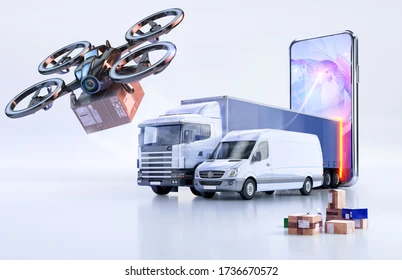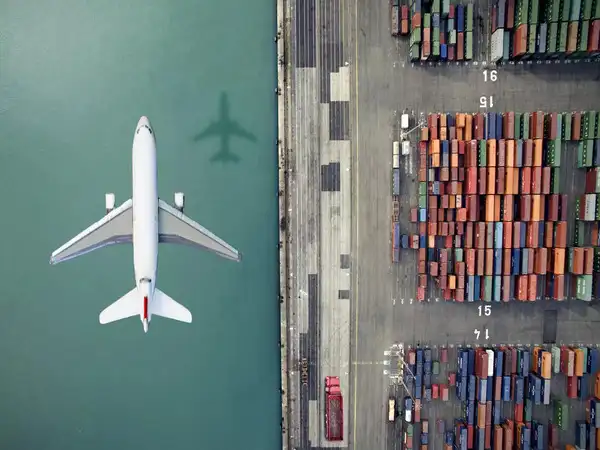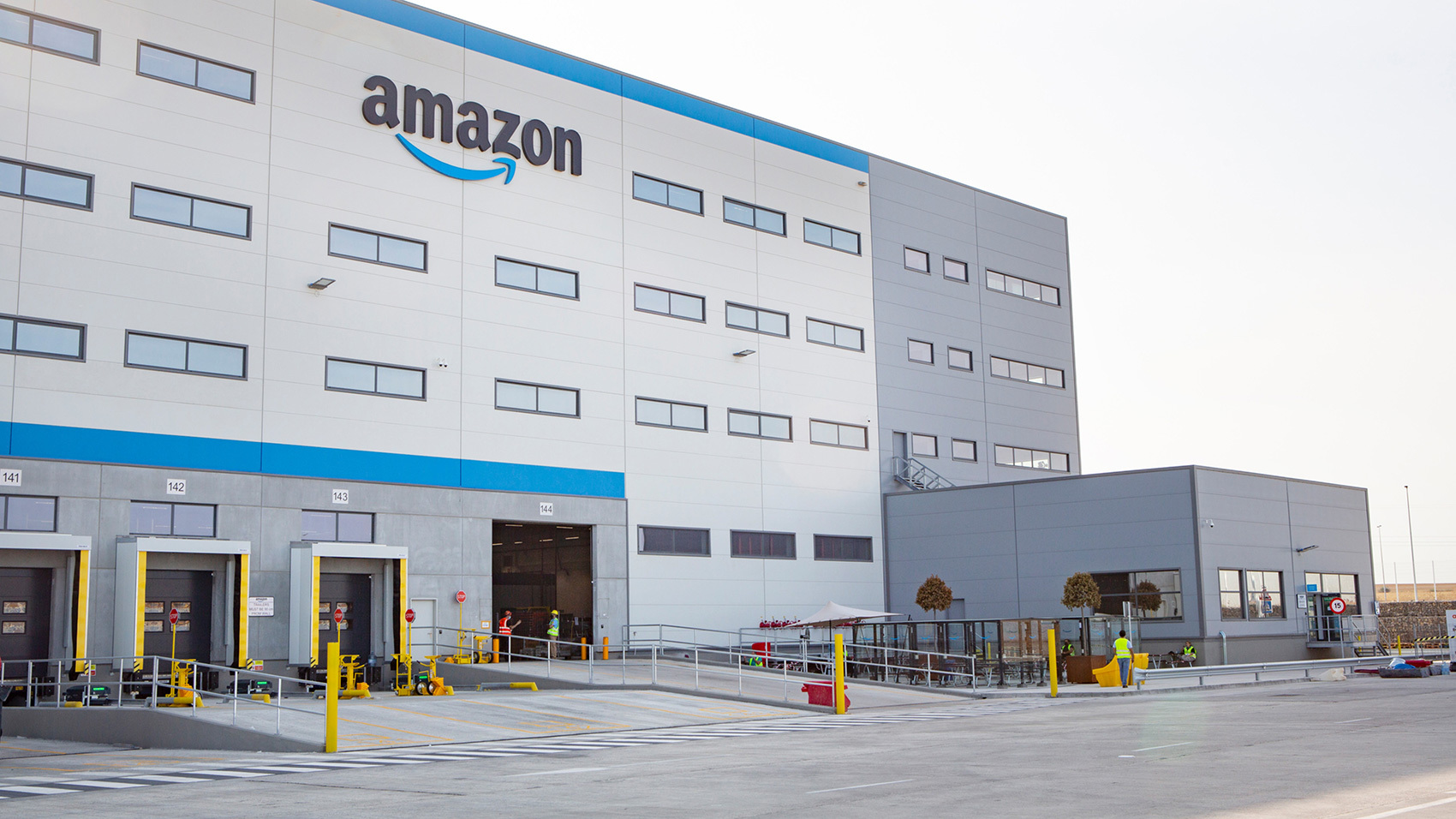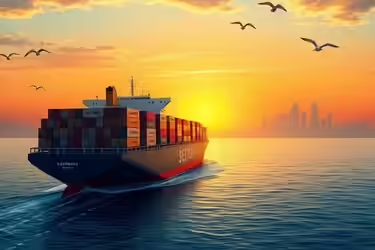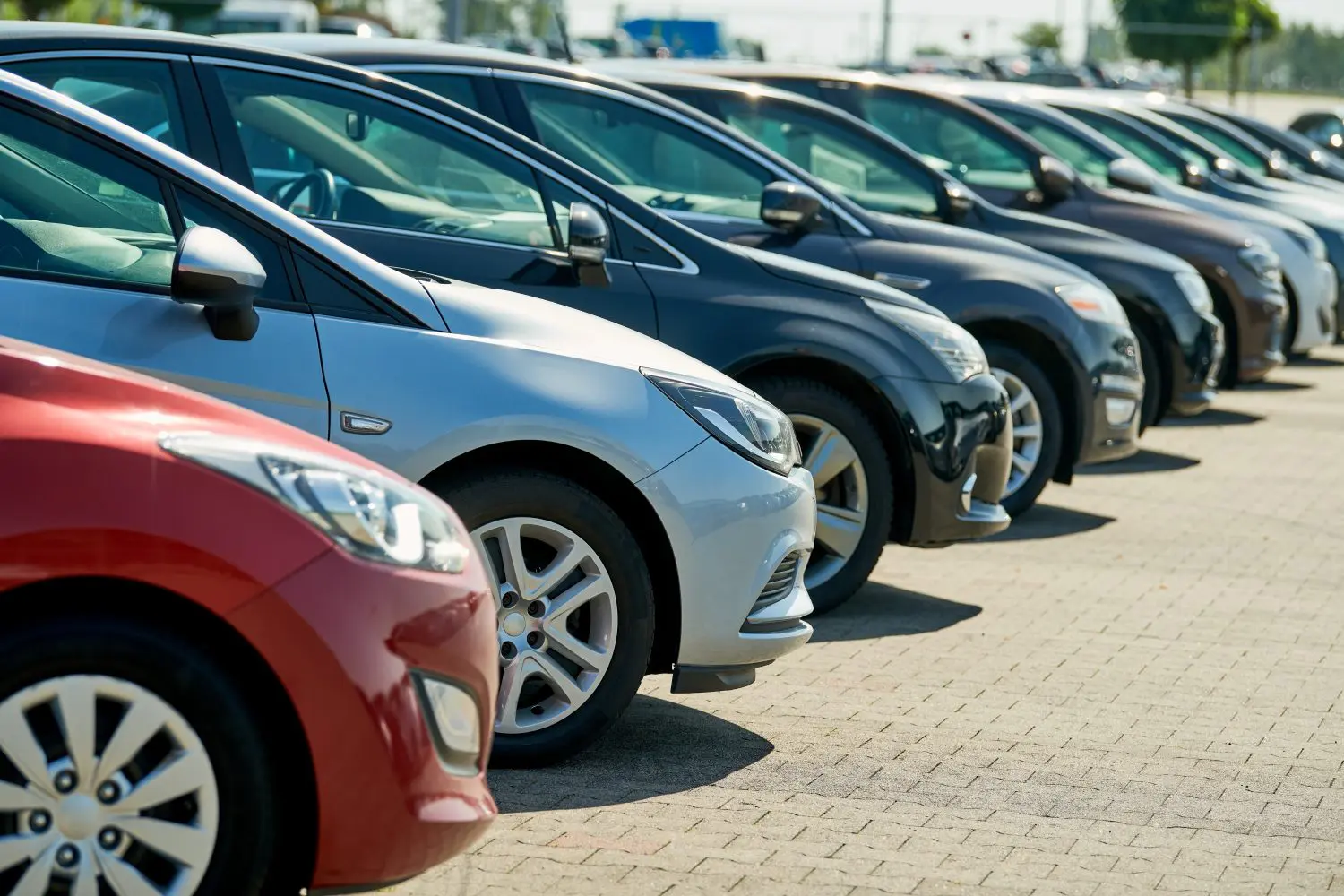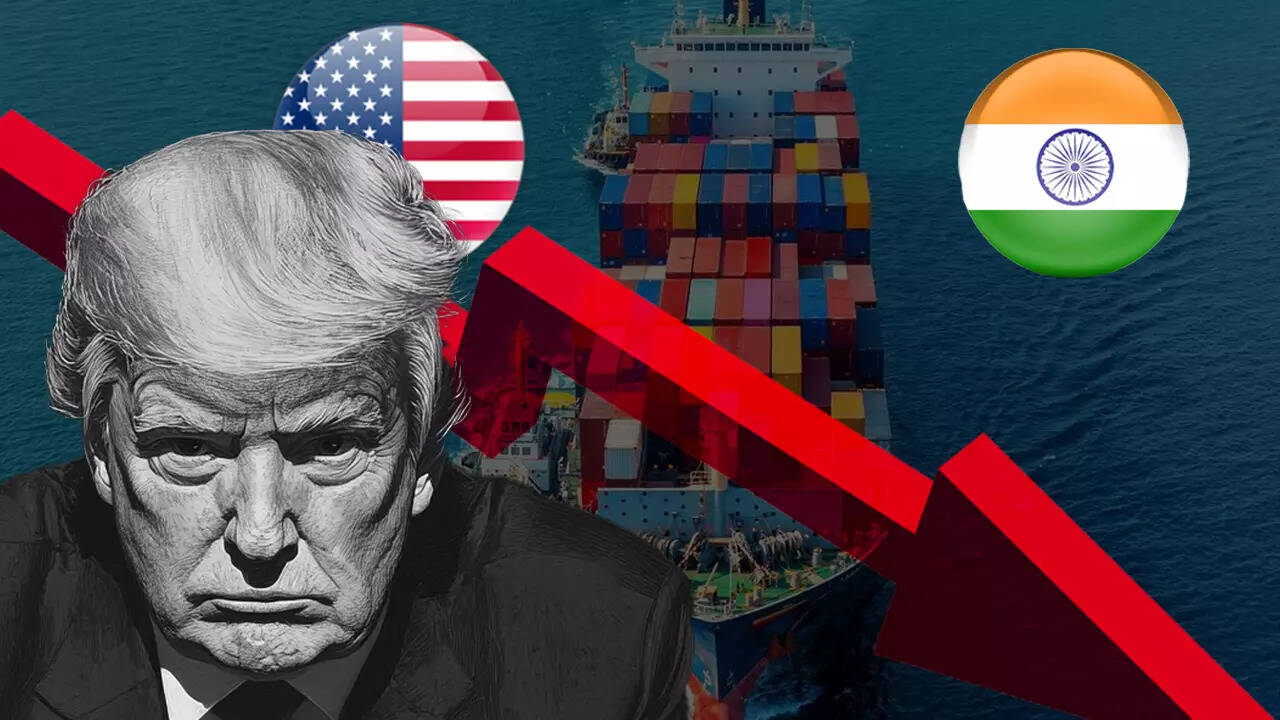supplies in remote areas, India's logistics sector is witnessing an automation revolution.
Why India Needs Autonomous Logistics Solutions
🚚 Logistics accounts for 14% of India’s GDP—higher than global averages, indicating inefficiencies.
⚡ E-commerce & quick commerce (Blinkit, Zepto, Amazon) require faster deliveries.
📦 Labor shortages & rising fuel costs demand automation for cost optimization.
🌍 Government push for digitalization & sustainability through AI-driven logistics & EV adoption.
Key Applications of Autonomous Vehicles & Drones in Logistics
1. Self-Driving Trucks & Autonomous Delivery Vehicles
✅ Case Study: Mahindra & Tata Motors' Autonomous Trucking
- Mahindra’s autonomous tractors are already deployed in India’s agricultural sector.
- Tata Motors is developing driver-assist & autonomous trucking solutions for highways.
🔹 Indian Context:
- NH for EV 2022: India is building electric highways to support self-driving logistics.
- AI-powered fleet management: Startups like Locus & LogiNext use AI for optimizing autonomous freight movement.
2. Drones for Last-Mile & Medical Deliveries
✅ Case Study: Dunzo & Flipkart’s Drone Pilot Program
- Flipkart tested drones for last-mile delivery in Karnataka & Telangana.
- Dunzo partnered with Skye Air Mobility to deliver groceries using drones.
🔹 Best Use Cases:
- Medical & emergency deliveries (e.g., vaccine transport, blood samples).
- Rural access: Drones can deliver packages in remote villages where road transport is inefficient.
3. AI & IoT-Driven Smart Warehouses
✅ Case Study: Amazon’s Robotics in Indian Warehouses
- Amazon India has deployed AI-powered robotic arms for sorting & packing in fulfillment centers.
- Flipkart’s automated warehouses use AI & IoT for inventory management.
🔹 Actionable Strategies:
- Deploy AI-driven conveyor belts for sorting packages.
- Use robotic arms & drones for warehouse automation & security.
4. Hyperlocal Drone Delivery for E-Commerce & Food Tech
✅ Case Study: Swiggy’s Drone Delivery Tests
- Swiggy has tested food delivery via drones in major cities to cut delivery times.
🔹 Challenges & Solutions in India:
🚫 Airspace regulations – Need for clear drone flight corridors.
⚡ Battery life limitations – Use of solar-powered drones can extend range.
📡 Weather challenges – AI-based predictive analysis for weather tracking.
Government Policies & Regulations Supporting AVs & Drones
✅ Drone Rules 2021 – Simplified approvals for commercial drone usage.
✅ Bharatmala Project – AI-enabled highway infrastructure for autonomous logistics.
✅ PLI Scheme for Drones – Incentives for Indian startups developing drone tech.
✅ NITI Aayog’s AV Roadmap – Policy push for self-driving commercial vehicles in India.
Challenges & Road Ahead for Autonomous Logistics in India
❌ Regulatory Hurdles – Need for clear AV & drone transport laws.
❌ Infrastructure Gaps – India needs smart highways & AI-driven traffic management.
❌ Public Acceptance – Safety concerns around AVs need better awareness & training.
What’s Next?
🔹 Expansion of EV & drone fleets by logistics leaders.
🔹 AI-driven route optimization for AVs to reduce delivery time.
🔹 Integration of blockchain for transparent supply chain tracking.
Conclusion
The future of logistics in India is autonomous, AI-driven, and highly efficient. Companies investing in self-driving trucks, drones, and smart warehouses will lead the next phase of supply chain transformation. With government backing and rising consumer demand for speed & sustainability, India is poised to become a leader in autonomous logistics.
.png)
.png)
